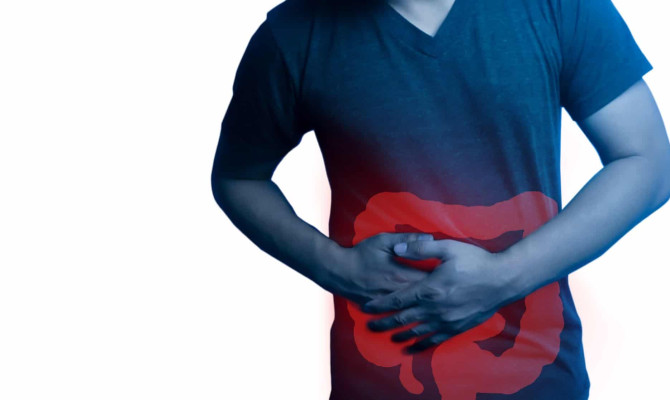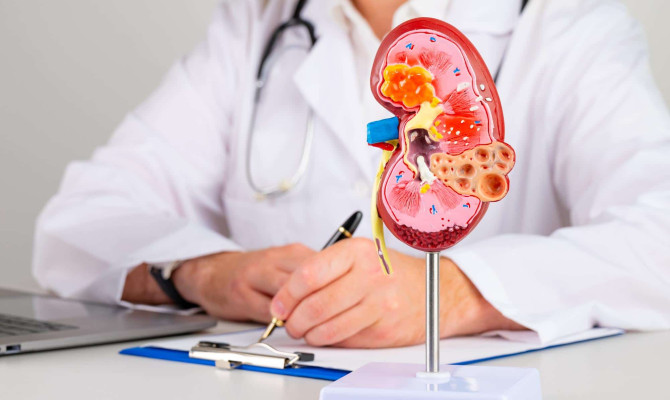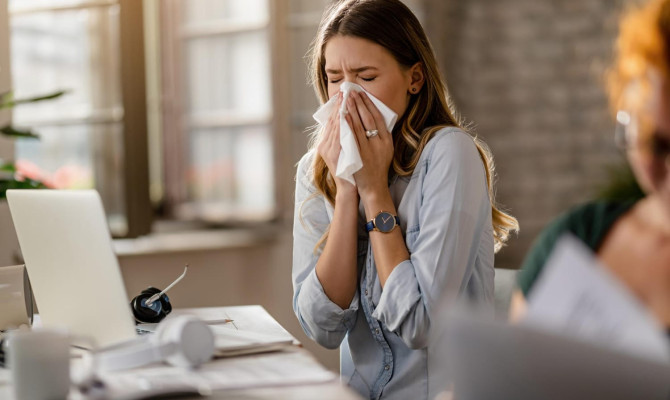Bruises- A General Overview

- Bruises
- 14 Aug 2023
Overview
What is Bruise ?
When tiny blood vessels under the skin are harmed, typically due to blunt trauma, a bruise, also referred to as a contusion, is a common skin injury.
Bruises can be uncomfortable, tender and frequently take on different colors as they heal, varying from blue or black to yellow or green.
It can happen anywhere on the body, is usually not harmful, and heals on its own in a few weeks. A bone fracture, blood clotting disorder, or bruises can indicate another more severe injury or underlying medical condition. 1What is bruise| Researched based study from Nih.gov

Prevalence
Who gets bruises, and how frequently?
- Bruises are a frequent injury that can affect anyone, regardless of age. However, they are more prevalent in kids, seniors, and people participating in impact sports or other risky activities.
- Most people will bruise at least once in their lifetime, though some people bruise more frequently than others, according to the American Academy of Dermatology Association.
- A person’s chance of getting bruises may also be increased by their skin type, their use of medications, and underlying medical conditions.
- There is less protection to shield the underlying blood vessels from trauma in certain body parts, such as the arms, legs, and chest, where bruises are most prevalent. Additionally, due to the greater visibility of skin discolouration, people with fair skin may bruise more easily.
Causes
What are the causes?
Here are a few typical reasons why people get marks.
Injury
- Injuries like bumps, blow, or crashes often result in bruises. A bruise may result from the rupture of blood vessels under the epidermis brought on by the impact.
Medical conditions
- People may bruise more readily than others due to certain medical conditions, such as bleeding disorders.
Medications
- Blood thinners are one class of drugs that can make it easier for blood vessels to burst, increasing the risk of discoloration.
Ageing
- People’s epidermis becomes thinner and less elastic as they age, which increases the likelihood of bruising.
Solar radiation
- Long-term sun exposure can make the skin thin and brittle, which raises the possibility of bruising.
Nutritional adequacy
- Certain nutrients, like Vitamins C and K, can damage blood vessels if they aren’t consumed. 1What are the causes| Researched based study from Nih.gov
Symptoms
Symptoms
Discoloration
- On the epidermis, bruises frequently take the form of reddish or purple spots. They may turn blue, green, yellow, or brown as time passes.
Pain
- Bruises can hurt, particularly if they are touched or pushed.
Swelling
- There may be swelling or tenderness in the vicinity of the discolouration.
Stiffness
- Some people in the affected region may feel stiff or limited in their movement.
Itching
- It may hurt as the bruise recovers.
Warmth
- If you contact the bruise, it might feel warm.
A numb or tingly sensation
- Rarely, people may feel numbness or tingling in the affected region. 2Symptoms | Researched based study from Cdc.gov
Duration
Duration of a bruise: How long does it lasts?
- The severity of the accident, the location of the bruise, and the person’s healing process are some variables that can affect how long a bruise lasts.
- A bruise usually appears a few hours after an injury and reaches its peak colour in one to two days. The bruise will then progressively lose colour and become less sensitive to touch.
- Most bruises will fully recover in 1-2 weeks, but some may require prolonged healing, mainly if they are larger or situated in areas with poor blood flow, like the lower legs.
- Bruises can occasionally last for several weeks or even months, especially in people with certain medical conditions or taking medications that impact blood clotting.
Diagnosis
Diagnosis of bruises
Medical examination
- A physical exam and a talk of your medical history are typically required to diagnose a bruise. The conditions that led to the injury and any symptoms you may feel will likely be discussed with the doctor.
- To determine the severity of the bruise, the doctor will check the affected area during the physical examination and may lightly push on the surrounding tissue. Additionally, they might look for indications of other injuries, like fractures or sprains.
Scans and blood tests
- Sometimes, the doctor may order imaging tests, such as X-rays, to rule out the possibility of a more severe injury. 3Diagnosis of bruises | Researched based study from Nih.gov
- If you have a history of unexplained or frequent bruising, the doctor may order additional tests to check for underlying medical conditions that could cause the bruising. These tests may include a complete blood count (CBC), blood clotting tests, or imaging studies to evaluate the blood vessels.
Treatment

Treatment of bruises
Apply cold compress
- As soon as possible after the injury, apply a cold compress to the affected area for 10-20 minutes at a time, several times a day. This helps to reduce swelling and bruising.
Elevate the affected area.
- Elevating the affected region can help with circulation and swelling reduction.
- Avoid exercise and take a nap.
- Resting the injured region can lessen the chance of swelling and bruising while also preventing further injury.
Apply a topical ointment.
- Applying a topical ointment such as arnica or vitamin K cream may help reduce bruising and speed up healing.
Take painkillers that are over-the-counter.
- Ibuprofen or acetaminophen can help lessen the pain brought on by bruises.
Keep hydrated.
- Water consumption can enhance circulation and promote recovery. 3Treatment of bruises | Researched based study from Nih.gov
Prevention
Prevention of bruises
It’s not always possible to prevent injuries because they can happen accidentally or as a result of an injury. Here are some steps to lessen the danger of bruises, though.
Put on safety clothing.
- Utilizing safety equipment, such as helmets, pads, and gloves, is crucial when participating in contact sports or other activities.
Take extra care.
- Be mindful of your surroundings and avoid dangers like sharp edges or irregular terrain.
Maintain a healthy diet.
- Consuming foods high in vitamins C and K, crucial for a healthy epidermis and blood clotting, may lessen the likelihood of bruising.
Maintain a healthy weight.
- Due to the additional pressure on the skin, being overweight or obese can raise the risk of bruises.
Stay active
- Regular exercise can strengthen the muscles and bones, increase blood flow, and lower the risk of falls and injuries.
Avoid alcohol consumption
- Alcohol can weaken the blood’s ability to clot, increasing the chance of injury and the likelihood of bruises.
Manage underlying medical problems.
- The chance of bruising can rise in certain medical conditions like bleeding disorders or skin thinning. It’s crucial to control these conditions with a healthcare provider’s assistance.
Emergency
When should I call the doctor?
Most injuries are treatable at home with self-care techniques and are not alarming. However, you should see a doctor if you encounter any of the following.
Severe or enduring discomfort
- You should see a doctor if the discomfort brought on by the bruise is severe or does not go away with time.
Rigidity and swelling
- Swelling, stiffness, or difficulty moving the injured area may indicate a more severe injury.
Unexplained or recurring bruises
- The presence of frequent or unexplained bruises may indicate a severe medical problem that needs to be treated.
Bruising without injury
- It could indicate a bleeding disorder or another medical condition if you observe bruises developing suddenly and without any apparent injury.
Signs of infection
- You should see a doctor if the bruised region turns red, warm, and tender or if you get a fever. These symptoms could indicate an infection.
Bleeding does not stop.
- Get medical help immediately if the bruise is bleeding heavily and won’t stop with pressure. 2when should i call the doctor | Researched based study from Nih.gov
Takeaway
Key Takeaways
- Blood vessels under the epidermis are harmed by an injury, which results in bruises.
- A bruise usually starts dark red or purple and gradually fades to yellow or green as it heals.
- Most bruises will disappear in 1-2 weeks, but some may take longer, depending on where and how bad they are.
- Immediately after an injury, icing a bruise can help decrease pain and swelling.
- Certain medications and medical conditions can make it more likely for someone to bruise or can cause bruises to recover more slowly.
- A bruise should be examined by a healthcare provider because, in rare instances, it could be a sign of a more severe injury or medical condition.
Any feedback on this article?
 This Articles content was accurate
This Articles content was accurate Very Informative Article
Very Informative Article I have a question or a comment
I have a question or a comment
 This article contains inaccurate content
This article contains inaccurate content This article was not helpful
This article was not helpful I have a question or a comment
I have a question or a comment
We appreciate your helpful feedback!
Checkout our social pages
References
-
National Institutes of Health
Bleeding Disorders | Introduction | Causes
-
Centers for Disease Control and Prevention
Signs and Symptoms of Bleeding Disorders in Women | Symptoms
-
National Institutes of Health
The medical assessment of bruising in suspected child maltreatment cases: A clinical perspective. | Diagnosis
-
National Institutes of Health
The Management of Bruising following Nonsurgical Cosmetic Treatment | Prevention






































